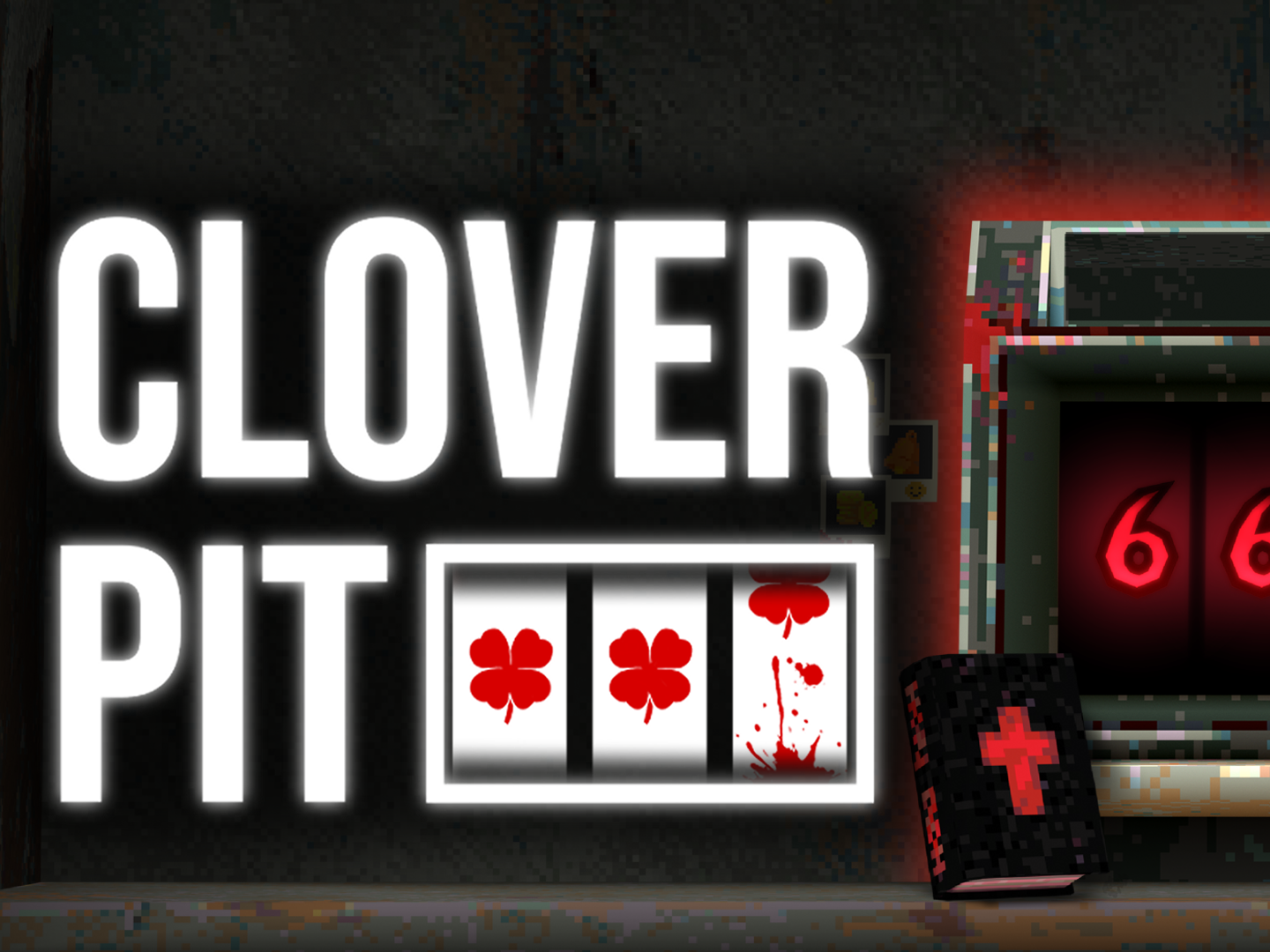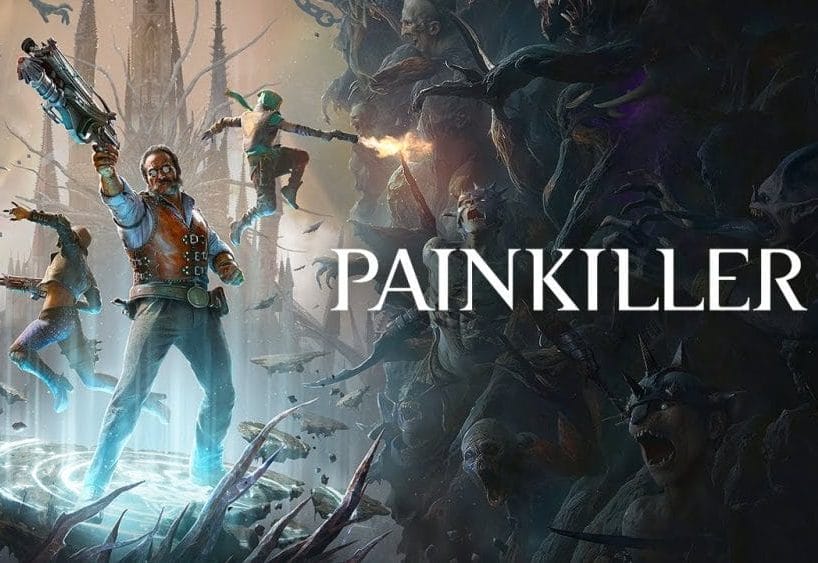CloverPit is a new slot machine based roguelike from the team at Panik Arcade that blends slot machine mechanics with a gritty, claustrophobic setting that feels more like a psychological trap than a game. If Balatro flirted with gambling aesthetics, CloverPit dives headfirst into the abyss and dares you to spin your way out.
Gameplay
You wake up in a rusted prison cell, surrounded by grime, debt, and a demonic slot machine. Your only way out? Pay off an ever-growing debt by spinning reels, collecting coins, and buying bizarre upgrades from vending machines that lurk in the corners of your cell. Fail to pay up, and the trapdoor beneath you opens; game over.
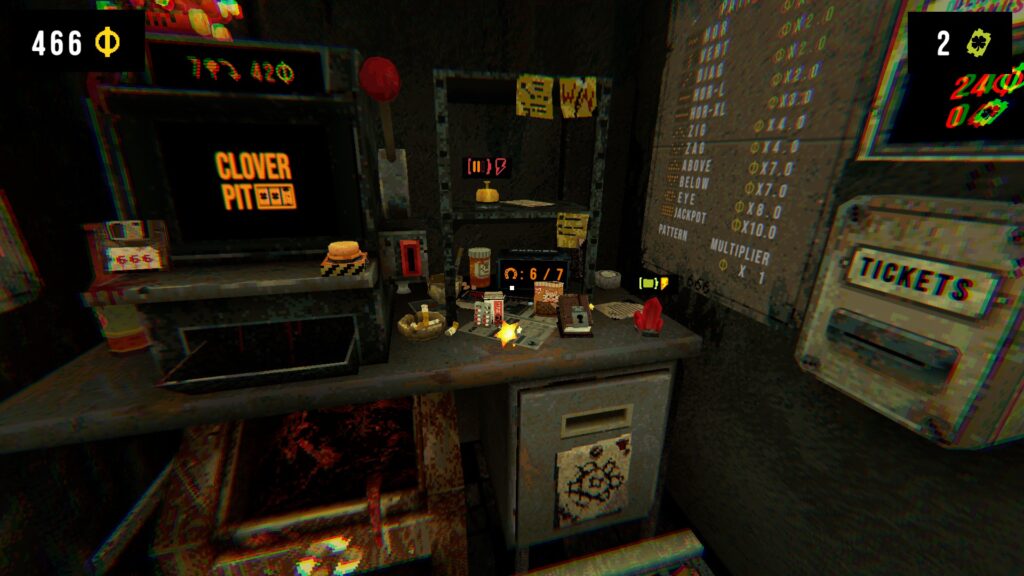
The gameplay loop is deceptively simple: deposit coins, spin the reels, and hope for a payout. But CloverPit quickly reveals its roguelike depth. Each round offers a chance to buy charms; like a squid-eyed charm that boosts luck, a bible to ward off cursed numbers, or a jar of piss that multiplies your winnings on yellow icons. These items synergise in wild ways, turning modest spins into jackpot combos if you play your cards (or cherries) right.
Like Luck be a Landlord (another slot machine roguelike), CloverPit feels very RNG-heavy to start off with. Your early spins are often brutal with low payouts, cursed symbols, and a debt counter that ticks up like a threat. It’s easy to feel powerless in the first few runs, as the slot machine seems more interested in mocking you than rewarding you.
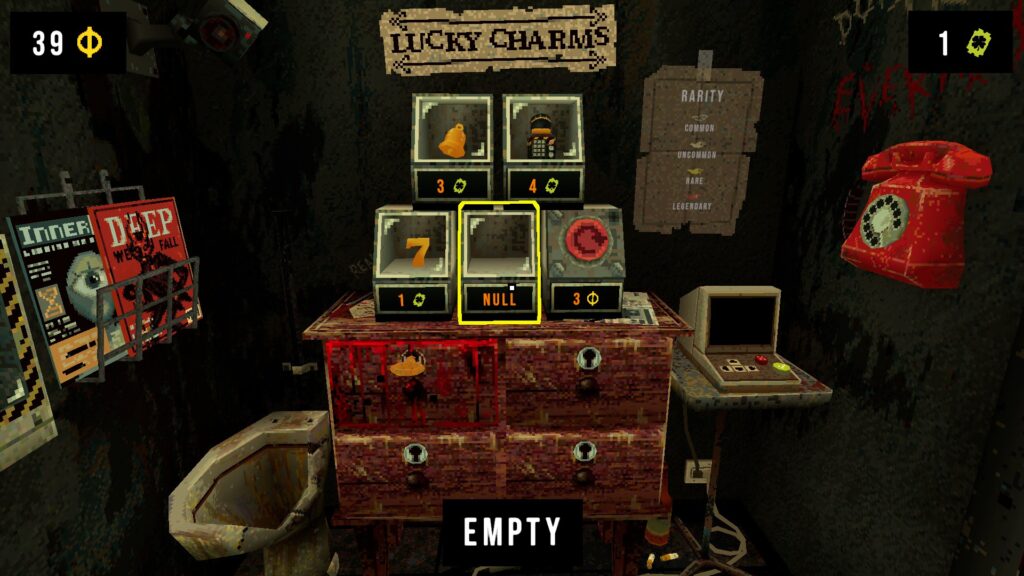
In CloverPit, tickets are a run-specific currency used to purchase upgrade charms from vending machines scattered around your cell. These charms offer powerful, often bizarre effects, boosting luck, altering reel behaviour, or unlocking new interactions with the slot machine. But crucially, tickets and the charms you buy with them do not persist across runs.
There’s no meta progression here. Every run starts fresh, with no (real) carryover bonuses. Unlocking a charm adds it permanently to the pool, and there is a drawer system where you can store charms before you die – just don’t expect them to look the same next run! That design choice reinforces the game’s oppressive tone; you’re not building toward freedom, you’re surviving moment to moment. It’s a roguelike in the purest sense: learn the systems, adapt your strategy, and hope the machine doesn’t chew you up.

But once you start unlocking charms and getting to know the creepy voice on the phone, you’ll learn to spot patterns, exploit quirks, and adapt your strategy based on what the machine throws at you. And when you finally hit that full screen of super juiced up cherries to take home a ridiculous jackpot, it feels earned, like you’ve outwitted the system.
Visuals, Sound & Story
CloverPit leans hard into its horror aesthetic. The cell is filthy, claustrophobic, and unsettling. Rusted metal, flickering lights, and grime-covered walls make the space feel oppressive.
The slot machine itself is a grotesque centrepiece, pulsing with eerie energy. Every upgrade you buy adds visual clutter to your cell, turning it into a shrine of desperation. There’s a physicality to the space; you turn to face machines, reach out to interact, and feel the weight of your surroundings.

The horror leanings of the game are also played out in the sound design. The slot machine clunks and whirs with mechanical menace, each spin echoing like a death knell. Ambient sounds – dripping pipes, distant groans, the hum of machinery – build a sense of unease that never lets up.
Upgrade machines hiss and clatter, vending their cursed wares with unsettling glee. The music is minimal, often fading into silence, letting the soundscape do the heavy lifting. When things go wrong (and they will), the audio spikes with distorted cues that make failure feel personal. There’s nothing quite like hitting the jackpot one spin, and then hearing the distinct error buzz of each 6 rolling into place to steal all your winnings.
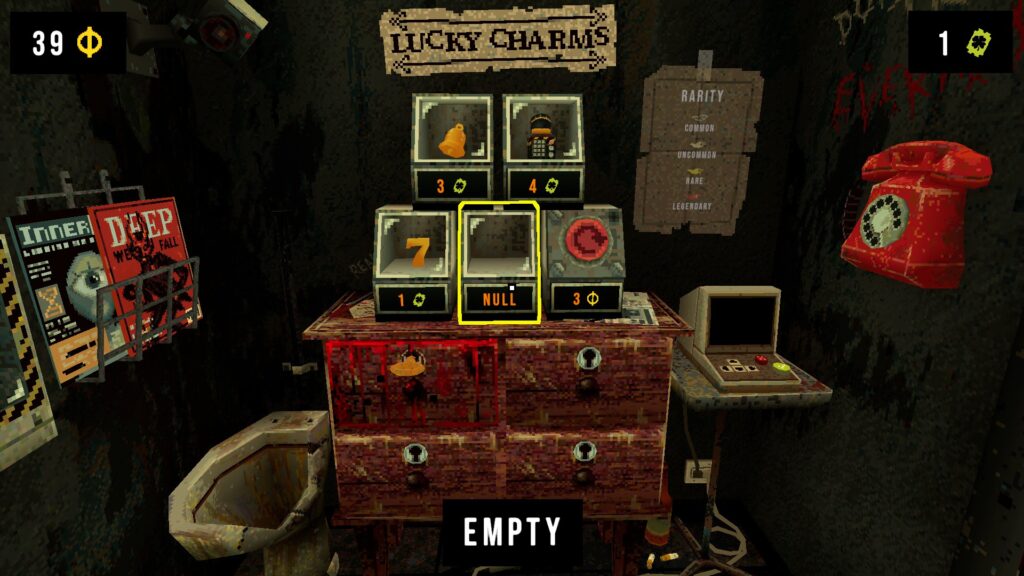
Much like some of the games it’s inspired by, CloverPit’s meta-narrative is a slow-burn descent into existential dread. While the core loop revolves around spinning reels and surviving debt, the game subtly hints at a larger, more sinister system at play; one where your suffering is observed, manipulated, and possibly orchestrated. I won’t spoil anything in the review, but it’s a fun experience even if you’ll be churning through runs to pull the pieces together.
Final Thoughts
CloverPit doesn’t hold your hand, and its RNG-heavy nature might put some players off early on. The first few runs can feel punishing, with the slot machine seeming to go against the odds to screw you over all while your debt climbs relentlessly. It’s chaotic, unforgiving, and at times downright cruel. I did find that some seeds seemed to be unwinnable (even the second round apparently impossible based on what I was offered), which will definitely make things frustrating if you run into a few of these in a row.
But stick with it, and the game starts to open up. As you unlock upgrades, discover synergies, and learn how to bend the machine’s twisted logic to your will, CloverPit transforms from a game of chance into a game of strategy. Suddenly, spins feels loaded with potential, every charm a doorway to a new build. That moment when it all clicks, when you chain together a combo that clears your debt and lets you move onto the next payment, is pure roguelike magic.
It’s not for everyone, but if you’re the kind of player who enjoys digging into systems and mastering the chaos, CloverPit will have you hooked. However, just like a real casino, remember the house always wins. This house will just kill you when you lose.
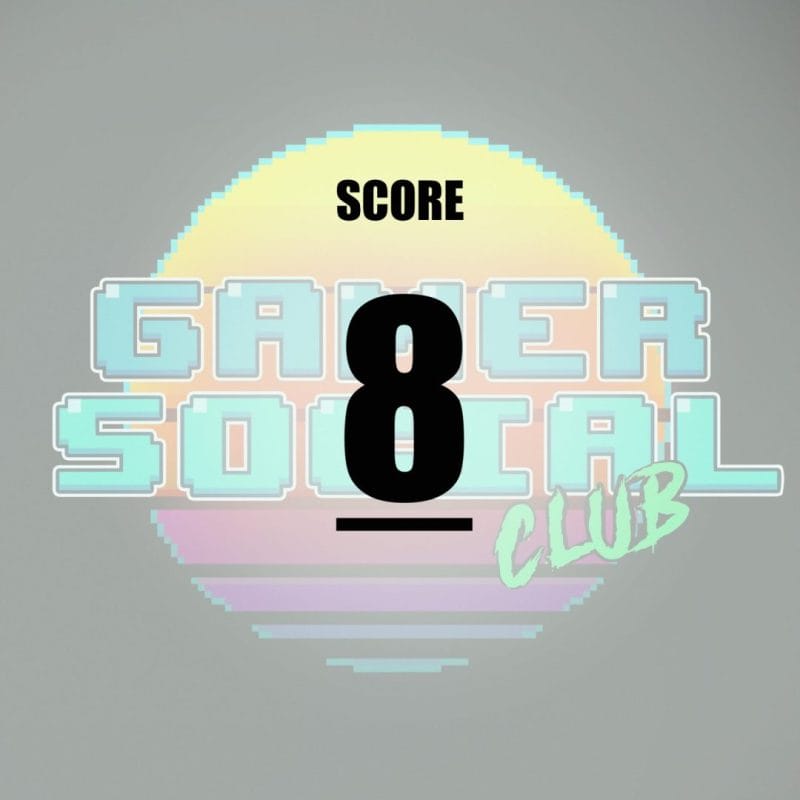
CloverPit is set to release on September 26, 2025, and will be available on PC via Steam.
Gamer Social Club would like to thank the devs and publisher for the code.

